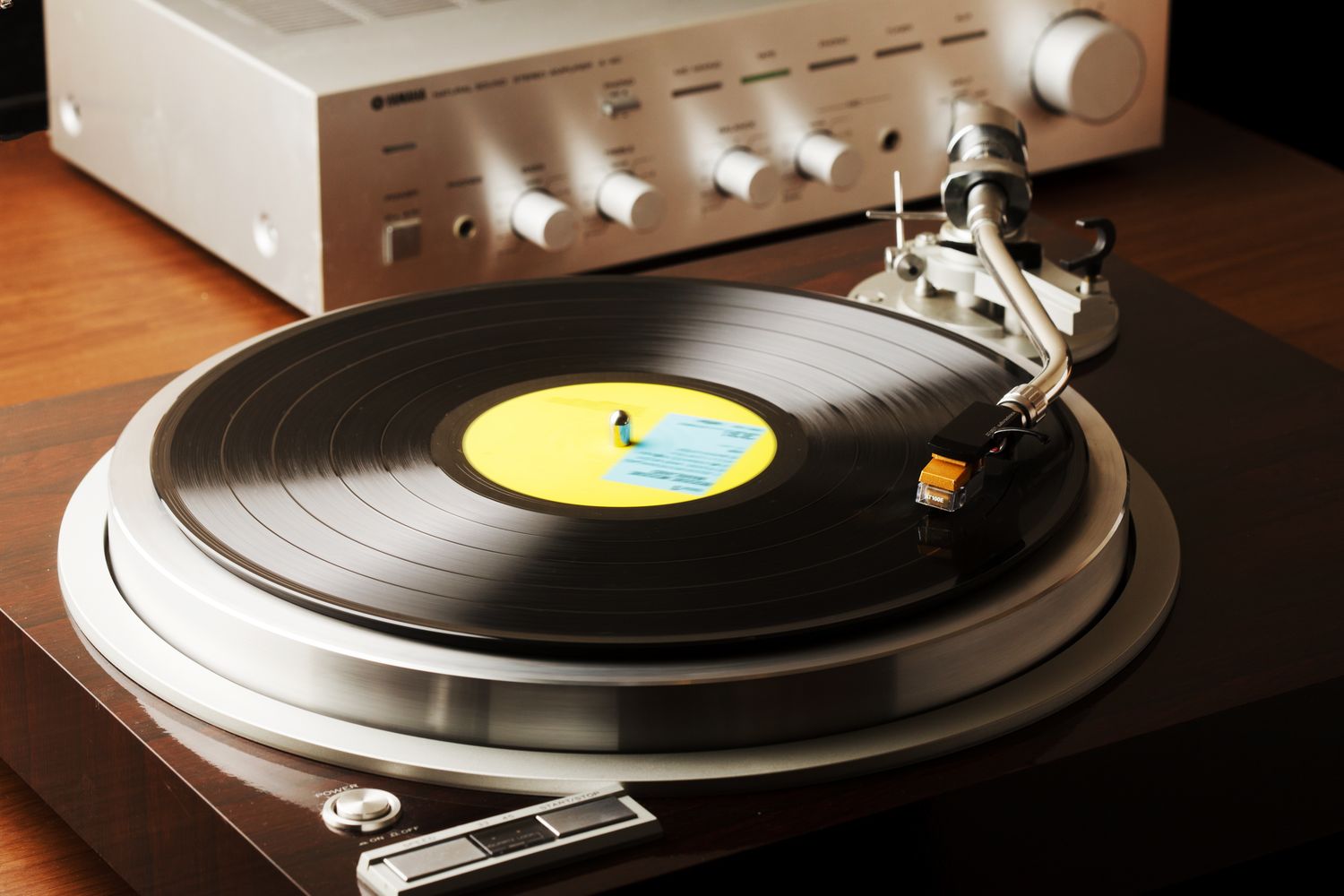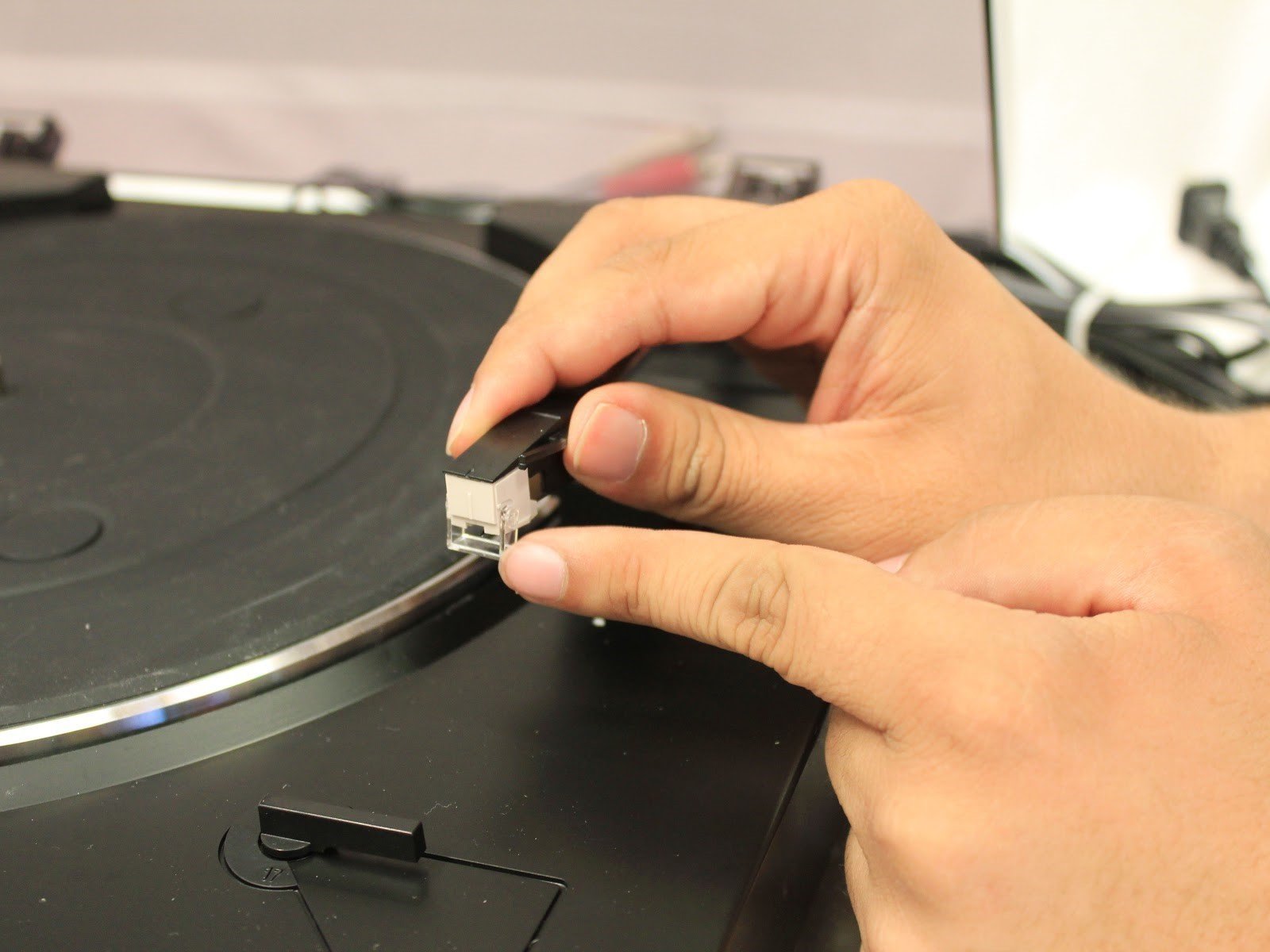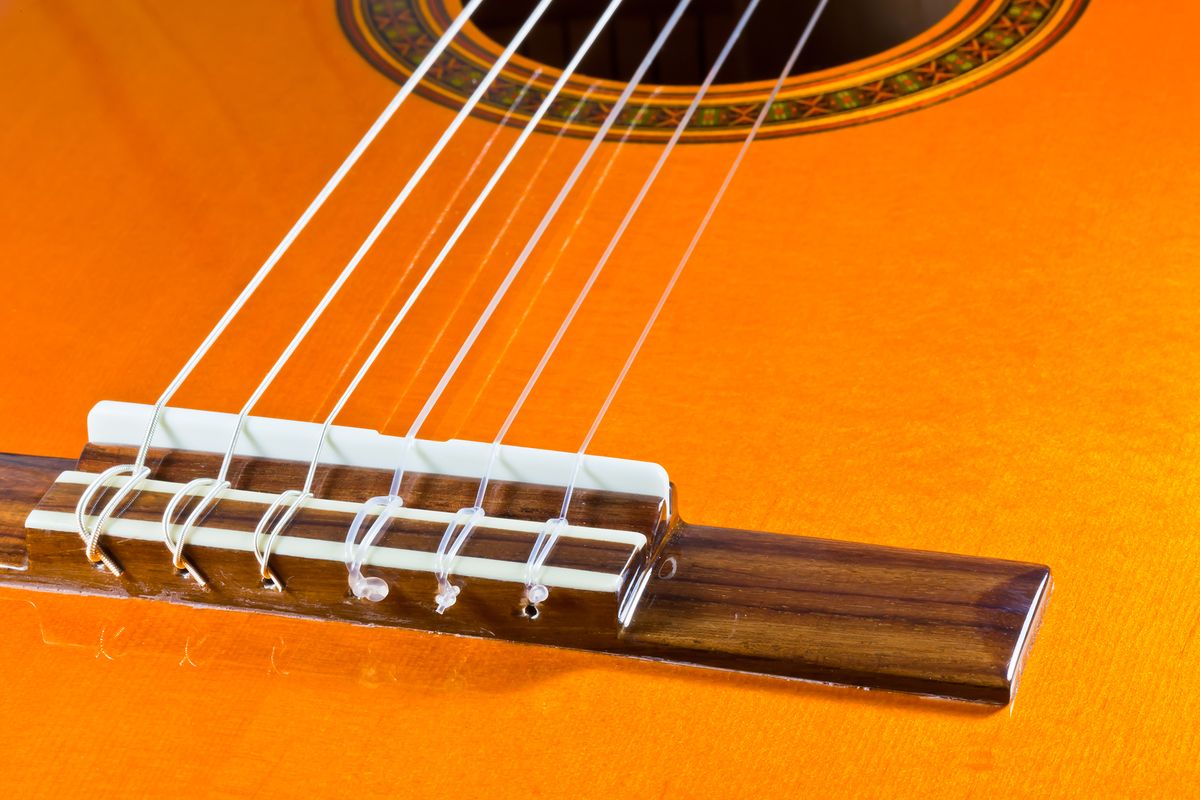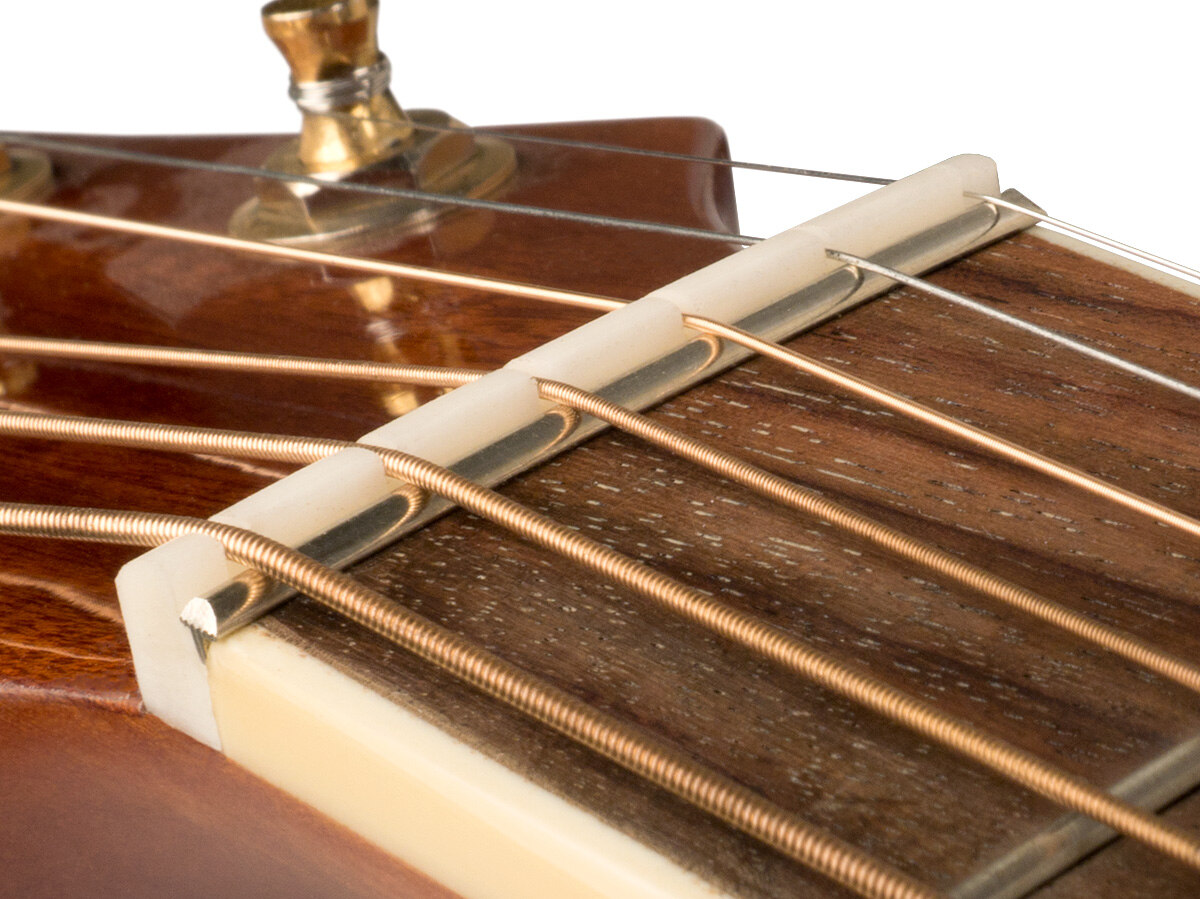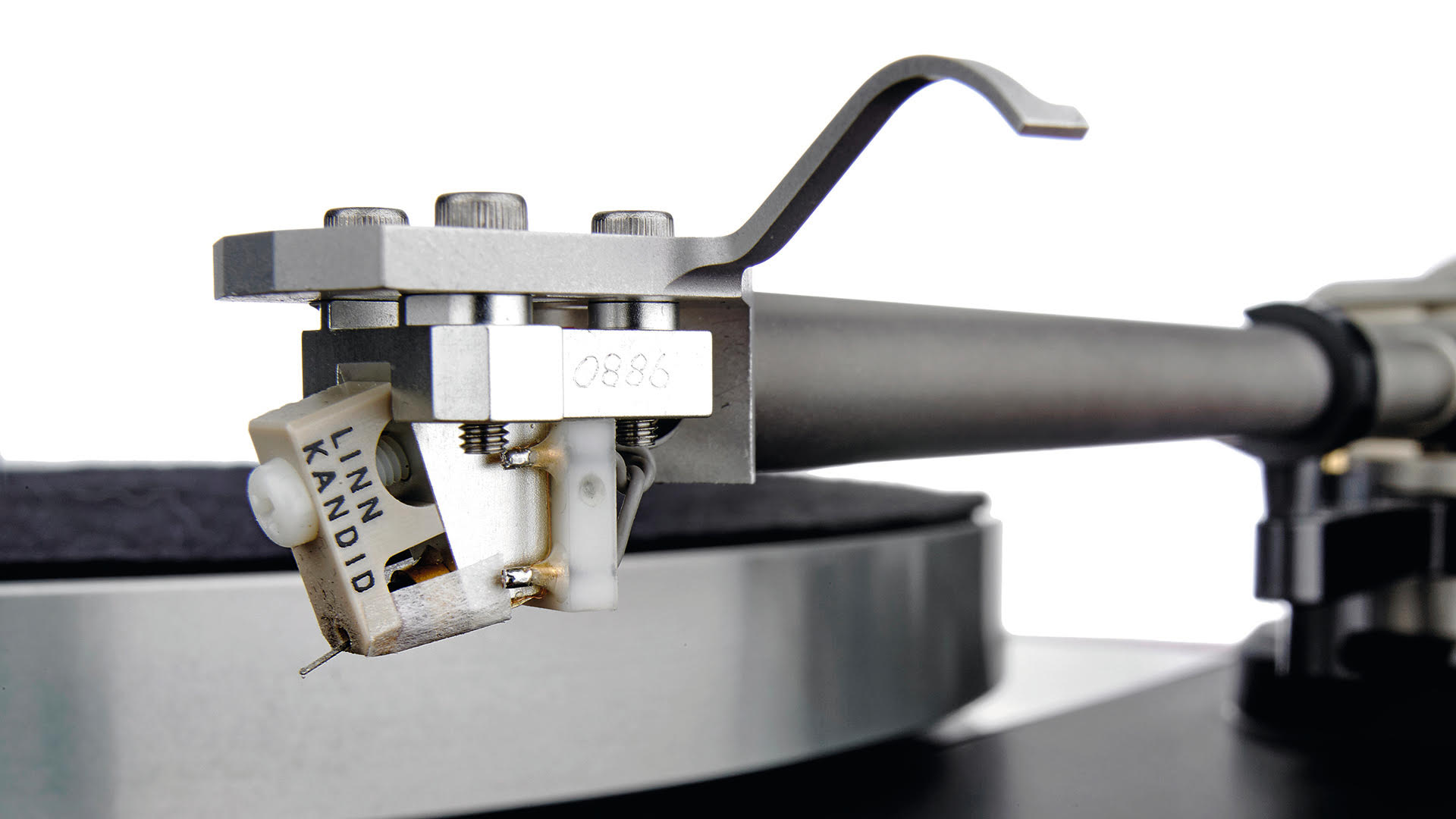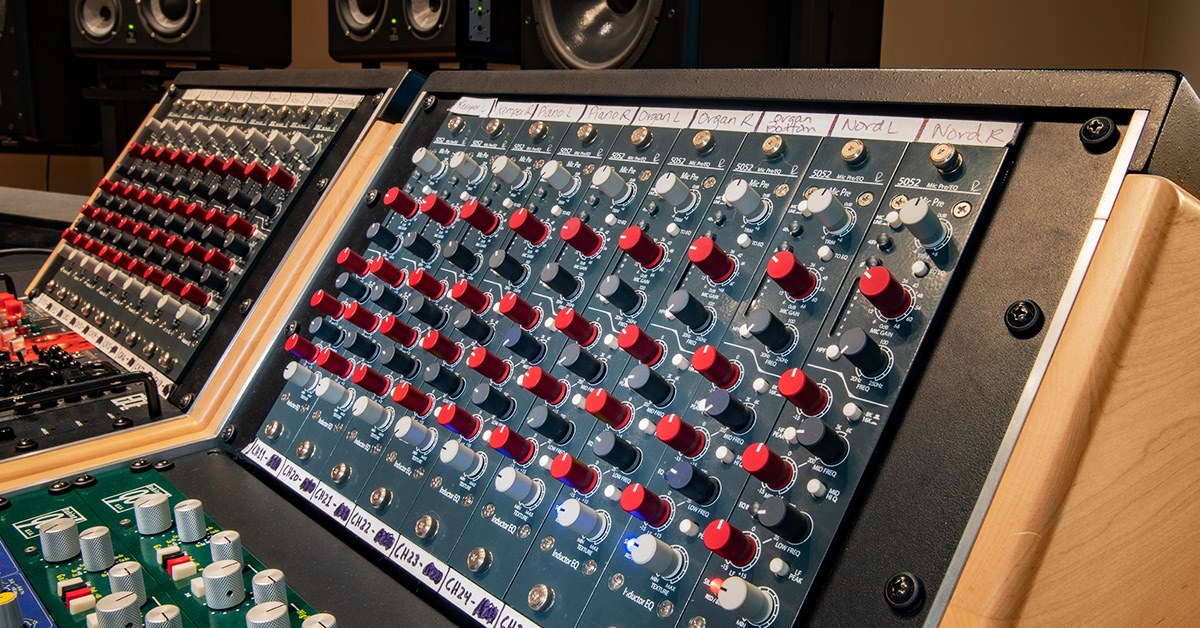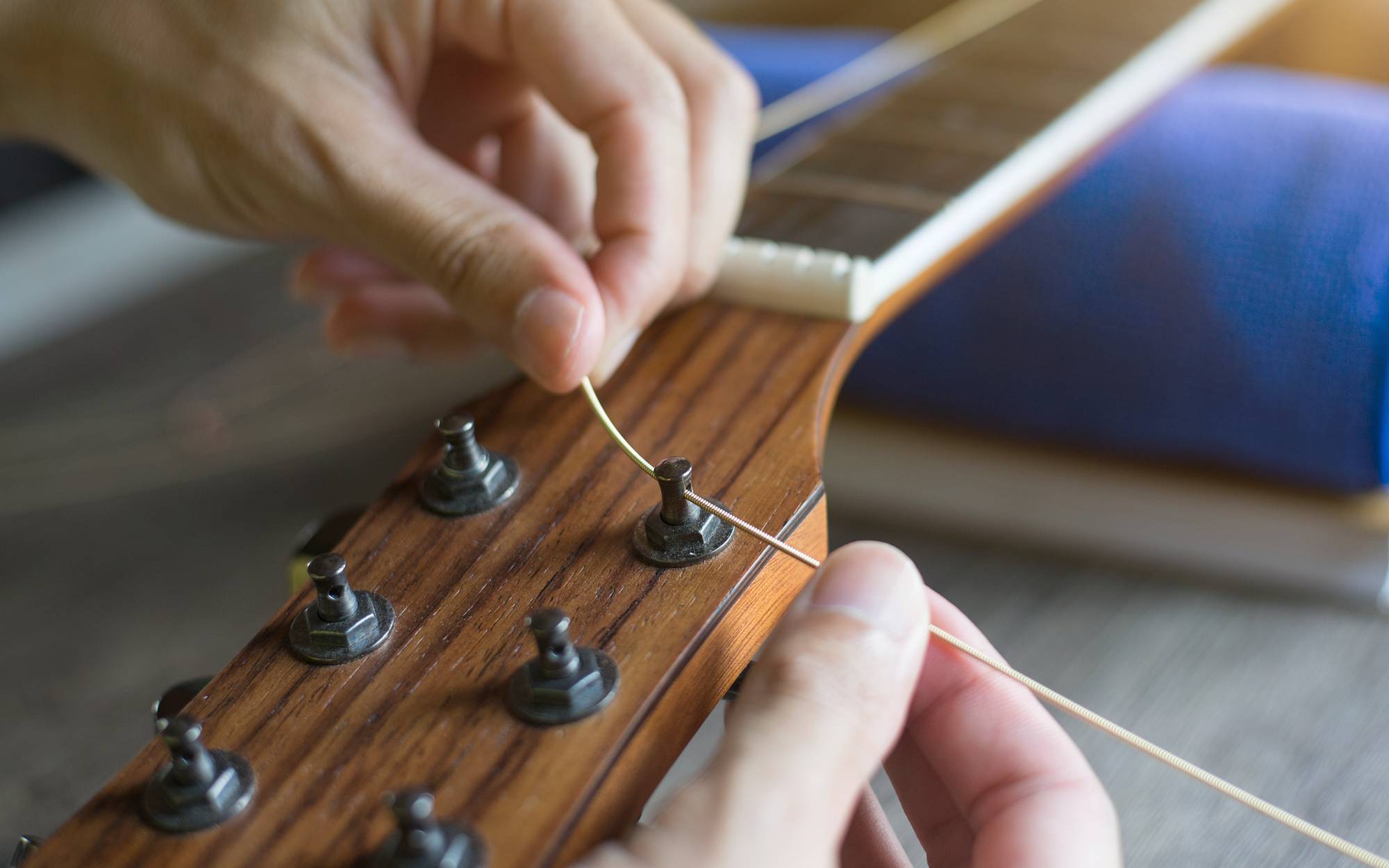Home>Production & Technology>Audiophile>How Often Should Audiophile Preamp Tubes Be Replaced


Audiophile
How Often Should Audiophile Preamp Tubes Be Replaced
Modified: January 22, 2024
Discover the ideal replacement frequency for audiophile preamp tubes and ensure optimum performance for your audio system. Learn how to extend the lifespan of your tubes.
(Many of the links in this article redirect to a specific reviewed product. Your purchase of these products through affiliate links helps to generate commission for AudioLover.com, at no extra cost. Learn more)
Table of Contents
Introduction
Welcome to the world of audiophiles, where the pursuit of the perfect sound knows no bounds. Audiophile preamp tubes are one of the vital components that affect the overall sound quality of a high-end audio system. These tubes play a crucial role in amplifying and shaping the audio signal before it reaches the power amp stage.
Whether you are a seasoned audiophile or just starting your journey into high-fidelity audio, understanding the lifespan and replacement frequency of preamp tubes is essential. As a passionate audiophile, you want to make sure your audio equipment is performing at its best, and replacing tubes at the right time is a key part of that.
In this article, we will delve into the world of audiophile preamp tubes, exploring their significance and the factors that can affect their lifespan. We will also discuss the telltale signs of tube degradation and provide recommendations on how often you should replace them. Furthermore, we will share some tips on how to extend the lifespan of your preamp tubes, ensuring that you can enjoy pristine sound quality for years to come.
So, let’s embark on this sonic journey and unravel the mysteries of audiophile preamp tubes!
Understanding Audiophile Preamp Tubes
Audiophile preamp tubes, also known as vacuum tubes or valves, are electronic components that amplify weak audio signals and shape the sound before it is sent to the power amplification stage. These tubes are known for their warm and rich sound characteristics, which many audiophiles prefer over solid-state alternatives.
Unlike solid-state components, preamp tubes rely on the movement of electrons in a vacuum to produce sound. They consist of an anode, a cathode, and a control grid. When a small electrical signal is applied to the control grid, it modulates the flow of electrons between the anode and cathode, resulting in amplified audio signals.
Audiophile preamp tubes are categorized into different types, including the popular 12AX7, 6922, and 6SN7 models. Each type has its own unique sound signature and characteristics, allowing audio enthusiasts to tailor their system’s sound by swapping out tubes.
These tubes are often regarded as the heart and soul of a high-end audio system. They contribute significantly to the overall sound quality, providing warmth, clarity, and depth to the audio reproduction. Audiophiles, with their discerning ears, value the tonal nuances, harmonics, and distortion characteristics that preamp tubes bring to their music.
It’s important to note that the lifespan of audiophile preamp tubes can vary depending on various factors, such as usage, quality, and maintenance. Understanding these factors will help you make informed decisions about tube replacement, ensuring optimal performance and longevity for your audio system.
Factors Affecting Tube Lifespan
The lifespan of audiophile preamp tubes can be influenced by several factors. Being aware of these factors can help you understand why tubes may need to be replaced and how to prolong their lifespan.
1. Usage: How often and for how long you use your audio system can impact tube lifespan. Tubes that are operated for long hours or used extensively in high-volume settings may degrade faster than those used infrequently or at lower volumes.
2. Quality: The quality of the tubes themselves plays a significant role in their lifespan. High-quality tubes from reputable manufacturers tend to last longer and provide consistent performance. It’s worth investing in tubes from trusted brands to ensure longevity and reliability.
3. Maintenance: Proper maintenance and care can extend the lifespan of preamp tubes. Dust, moisture, and heat can all contribute to tube degradation. Regular cleaning, using protective covers, and keeping the audio system in a cool and dry environment can help preserve tube performance.
4. Biasing: Biasing is the process of setting the voltage in the tube circuits. Correct biasing ensures optimal tube performance and longevity. Tubes that are biased too hot or too cold can experience accelerated wear and may need to be replaced more frequently.
5. Power surges and voltage fluctuations: Power surges and voltage fluctuations can put stress on preamp tubes, potentially leading to premature failure. Using surge protectors and voltage regulators can help protect the tubes from these electrical fluctuations.
6. Tube rolling: Some audiophiles enjoy experimenting with different preamp tube models to achieve different tonal characteristics. While tube rolling can be a fun and rewarding experience, it’s important to note that excessive swapping and testing of tubes can accelerate wear and reduce their lifespan.
By considering these factors and taking appropriate measures, you can maximize the lifespan of your audiophile preamp tubes and maintain the best possible sound quality from your audio system.
Signs of Tube Degradation
Over time, audiophile preamp tubes can degrade and lose their optimal performance. It’s important to be able to identify the signs of tube degradation so that you can determine when it’s time to replace them. Here are some common indicators to look out for:
1. Loss of sound quality: One of the most noticeable signs of tube degradation is a decrease in sound quality. The audio may become distorted, muffled, or lacking in clarity. You may also notice a reduction in dynamic range and overall tonal balance.
2. Noisy operation: If you start hearing unwanted noise such as hissing, crackling, or popping sounds from your audio system, it could be a sign that the preamp tubes are deteriorating. These noises can occur intermittently or persistently and may become more pronounced as the tubes wear out.
3. Unstable or uneven volume levels: As preamp tubes degrade, they may introduce volume fluctuations or imbalances between the left and right channels. This can result in an unstable listening experience and a loss of stereo imaging.
4. Longer warm-up time: If you notice that it takes longer for your audio system to reach its optimal sound quality, it could be a sign that the preamp tubes need replacement. Tubes that are nearing the end of their lifespan may require more time to stabilize and perform as expected.
5. Visual signs of tube failure: In some cases, you may be able to visually spot signs of tube degradation. Look for tubes that have darkened or show signs of discoloration, such as browning or blackening. Additionally, if any of the tube pins appear loose or damaged, it is a clear indication that replacement is necessary.
It’s important to note that these signs of tube degradation may not always be definitive proof of tube failure. Other factors, such as faulty connections or issues with other components in the audio system, can also contribute to these symptoms. It’s best to consult with a knowledgeable audio technician or dealer to accurately diagnose any issues and determine if tube replacement is necessary.
Recommended Replacement Frequency
The recommended frequency for replacing audiophile preamp tubes can vary depending on several factors, including usage, tube quality, and maintenance practices. While there is no exact timeframe for tube replacement, there are some general guidelines that can help you determine when it’s time to swap out your preamp tubes.
1. Time-based replacement: As a general rule of thumb, it is recommended to replace preamp tubes every 2-3 years. This timeframe takes into consideration the natural wear and degradation that tubes undergo over time. However, it’s crucial to remember that this is just a rough guideline, and the actual lifespan of preamp tubes can vary depending on usage and other factors.
2. Usage-based replacement: If you use your audio system extensively or operate it for long hours each day, you may need to replace the preamp tubes more frequently. High-volume settings and prolonged usage can accelerate tube wear and reduce their lifespan. In such cases, it may be necessary to replace tubes every 1-2 years or even more often.
3. Tube testing and diagnostics: Performing regular tube testing and diagnostics can provide a clearer indication of their health and performance. Tube testers or diagnostic tools can help evaluate the tube’s parameters, such as gain, noise, and emission. If the test results show significant deviations from the expected values, it’s a good indication that the tubes may need to be replaced, regardless of their age.
4. Trust your ears: Ultimately, your ears are the best judge of when it’s time to replace preamp tubes. If you notice a significant decrease in sound quality, such as increased distortion, loss of clarity, or a lack of dynamics, it’s a strong indication that the tubes may be nearing the end of their lifespan and require replacement.
It’s important to remember that these are general recommendations, and your specific audio system setup and listening preferences may warrant different replacement frequencies. Consulting with audio professionals or contacting the manufacturer of your equipment can provide further guidance and insight into the ideal replacement frequency for your specific setup.
Extending Tube Lifespan
While preamp tubes will eventually need to be replaced, there are several steps you can take to extend their lifespan and ensure optimal performance for as long as possible. Here are some tips to help you maximize the longevity of your audiophile preamp tubes:
1. Proper power-on and power-off procedures: When powering on your audio system, allow the tubes to warm up gradually before playing any music. Similarly, when shutting down the system, let the tubes cool down before turning off the power. This helps minimize stress on the tubes and prolong their lifespan.
2. Avoid frequent on-off cycles: Minimize the frequency of turning your audio system on and off. Frequent power cycling can put additional stress on the tubes, potentially shortening their lifespan. If possible, keep your system powered on for longer listening sessions rather than constantly turning it on and off throughout the day.
3. Keep the system well-ventilated: Adequate ventilation is crucial for the longevity of your preamp tubes. Ensure that your audio system has proper airflow, allowing heat to dissipate effectively. Avoid placing the system in a confined space or blocking the ventilation openings.
4. Clean and maintain regularly: Dust and debris can accumulate on the tubes, hampering their performance. Regularly clean the tubes using a soft, dry cloth or a specially-designed tube cleaning brush. Be gentle and avoid using harsh chemicals that could damage the tube’s surface.
5. Use protective covers: When not in use, consider covering your audio system with protective covers to prevent dust and moisture from settling on the tubes. This helps maintain tube performance and reduces the need for frequent cleaning.
6. Monitor bias levels: Ensure that the bias levels for your preamp tubes are properly set within the manufacturer’s recommended range. Incorrect biasing can lead to accelerated tube wear and reduced lifespan. If you are unsure about biasing, consult an expert or refer to your equipment’s user manual.
7. Use high-quality tubes: Invest in high-quality preamp tubes from reputable manufacturers. While they may cost more upfront, they often provide better longevity and consistent performance compared to lower-quality alternatives.
By following these tips, you can help extend the lifespan of your audiophile preamp tubes, allowing you to enjoy optimal sound quality and performance from your audio system for an extended period of time.
Conclusion
Audiophile preamp tubes are crucial components in high-end audio systems, greatly influencing the overall sound quality and tonal characteristics. Understanding the lifespan and replacement frequency of these tubes is vital for maintaining optimal performance and enjoying the best possible audio experience.
In this article, we explored the world of audiophile preamp tubes, discussing their significance and the factors that can affect their lifespan. We learned about the importance of usage, quality, maintenance, biasing, and protection in prolonging tube lifespan. Additionally, we identified the signs of tube degradation, such as reduced sound quality, noise, volume fluctuations, and visual indications.
While there is no exact timeframe for tube replacement, it is generally recommended to replace preamp tubes every 2-3 years, although this can vary depending on various factors. Regular tube testing and diagnostics, as well as listening to your ears, can provide more accurate indications of when to replace tubes.
By following proper power-on and power-off procedures, maintaining a well-ventilated system, cleaning the tubes regularly, and using protective covers, you can extend the lifespan of your preamp tubes. Additionally, monitoring bias levels and investing in high-quality tubes can further contribute to their longevity.
Remember, maintaining your audiophile preamp tubes is an ongoing process. By taking good care of them, you can enjoy exceptional sound quality and preserve the integrity of your audio system for years to come.
So, continue to nurture your passion for audio excellence, and let your audiophile preamp tubes transport you to a world of rich, immersive sound.


